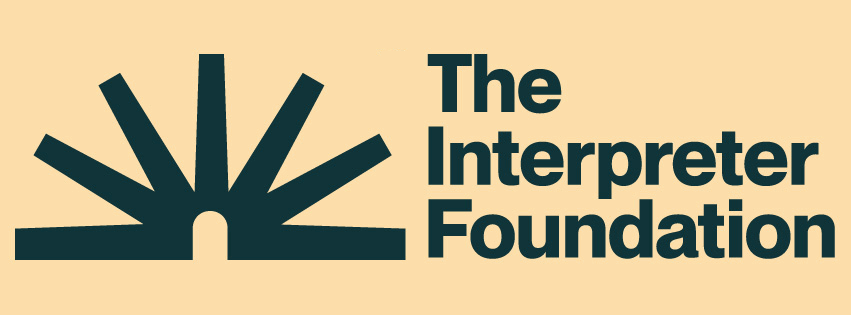A Video Supplement for
Come, Follow Me Lesson 24:
“It Is Finished”
Transcript
Recently I listened to and then read an Interpreter article by George Mitton entitled, “The Crucifixion as a Mochery, Witness, and Warning of the Judgement.” It is an excellent article and I encourage any who find this video and its perspectives interesting to read his article for the fuller account given there: https://journal.interpreterfoundation.org/the-crucifixion-as-a-mockery-witness-and-warning-of-the-judgment/.
He brings out how the scene leading up to and including the crucifixion is a parody of Jesus’s final judgement of the world; he also brings out that our judgement of Christ is an essential component of the judgement he brings to us.
To set the context, it is important to realize that kingship in ancient Israel and in the ancient world generally included an assumed right of judgement. The king has power to hand out sentences of life or death. To show some of what this includes I will start in Matthew 27 and then continue in Luke 23.
In Matthew 27, beginning at verse 28, we read,
28 And they stripped him, and put on him a scarlet robe.
Isaiah 63:1-2 recall the scene when the Lord is coming for judgement and those beholding him ask
1 Who is this that cometh from Edom, with dyed garments from Bozrah? this that is glorious in his apparel, travelling in the greatness of his strength? I that speak in righteousness, mighty to save.
2 Wherefore art thou red in thine apparel, and thy garments like him that treadeth in the winefat?
So this clothing they are putting him in is characteristic of the Lord’s second coming, but today is not that part of the judgement, but rather the part where we will be judged by our response to the persecuted humiliated Lord.
29 ¶ And when they had plaited a crown of thorns, they put it upon his head, and a reed in his right hand: and they bowed the knee before him, and mocked him, saying, Hail, King of the Jews!
I note that Romans 14:10-11 specifically associates bowing the knee and judgement:
10 “But why dost thou judge thy brother? or why dost thou set at nought thy brother? for we shall all stand before the judgment seat of Christ.
11 For it is written, As I live, saith the Lord, every knee shall bow to me, and every tongue shall confess to God.”
Continuing with verse 30,
30 And they spit upon him, and took the reed, and smote him on the head.
31 And after that they had mocked him, they took the robe off from him, and put his own raiment on him, and led him away to crucify him.
They are dressing him up to judge even though, ironically, he is on his way to judgement.
When he is crucified, the judgement scene effectively continues. Luke 23:32-33 records that,
32 And there were also two other, malefactors, led with him to be put to death.
33 And when they were come to the place, which is called Calvary, there they crucified him, and the malefactors, one on the right hand, and the other on the left.
Quoting Mitton’s article, “In Matthew’s gospel, the Lord first gives the parable of the sheep and the goats with its judgment setting where the Son of Man sits on His throne in the judgment of all nations as “the King” and “separate[s] them one from another, as a shepherd divideth his sheep from the goats: and he shall set the sheep on his right hand, but the goats on the left” (See Matthew 25:31–34, 41).” So the situation of the thieves on his right and and on his left should call to mind for us Jesus’s earlier teachings about the judgement.
From Mitton again,
The thieves represent persons of differing response to the outstretched Christ. One thief railed against the Lord’s authority in words reminiscent of Lucifer in the temptation: “If thou be Christ, save thyself and us” (Luke 23:39). The penitent thief, presumably on the Lord’s right hand, “acknowledges both the innocence of Jesus and his own transgressions while recognizing Christ’s kingship and thus the right to preside at the judgment: “Lord, remember me when thou comest into thy kingdom” (Luke 23:42).”
Jesus is lifted up in crucifixion, but the consequence of that is that we are lifted up before Him in judgement, based in part on the eternally weighty question: “What think ye of Christ?” which is put to all of us as we see Him lifted up in his deepest humiliation.



Wonderful insight.